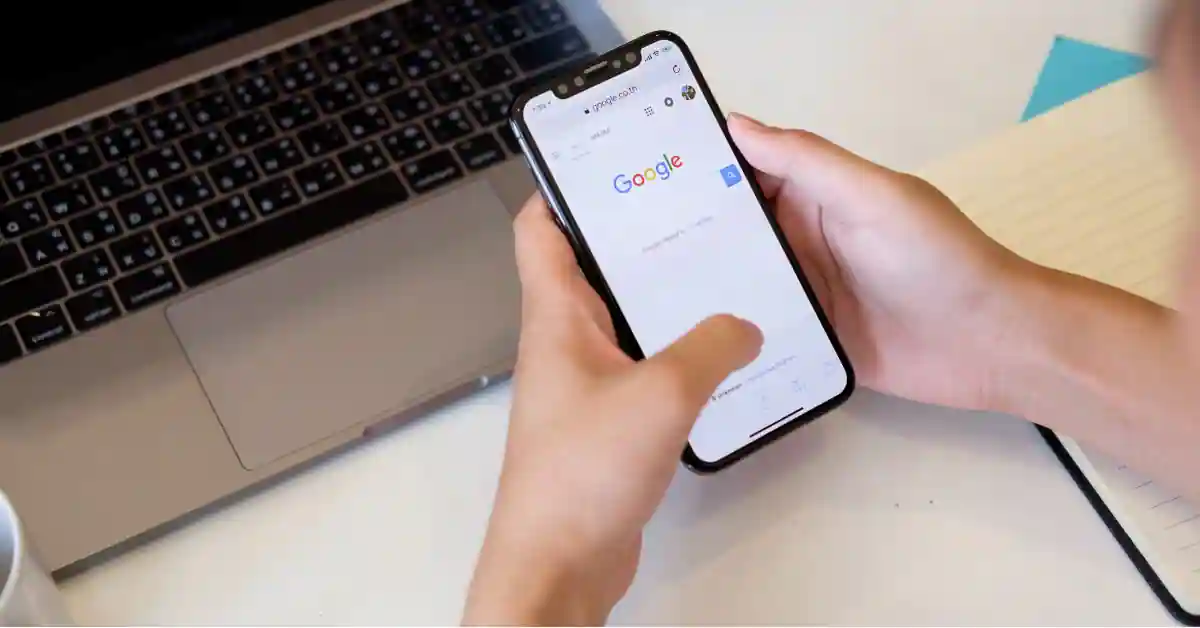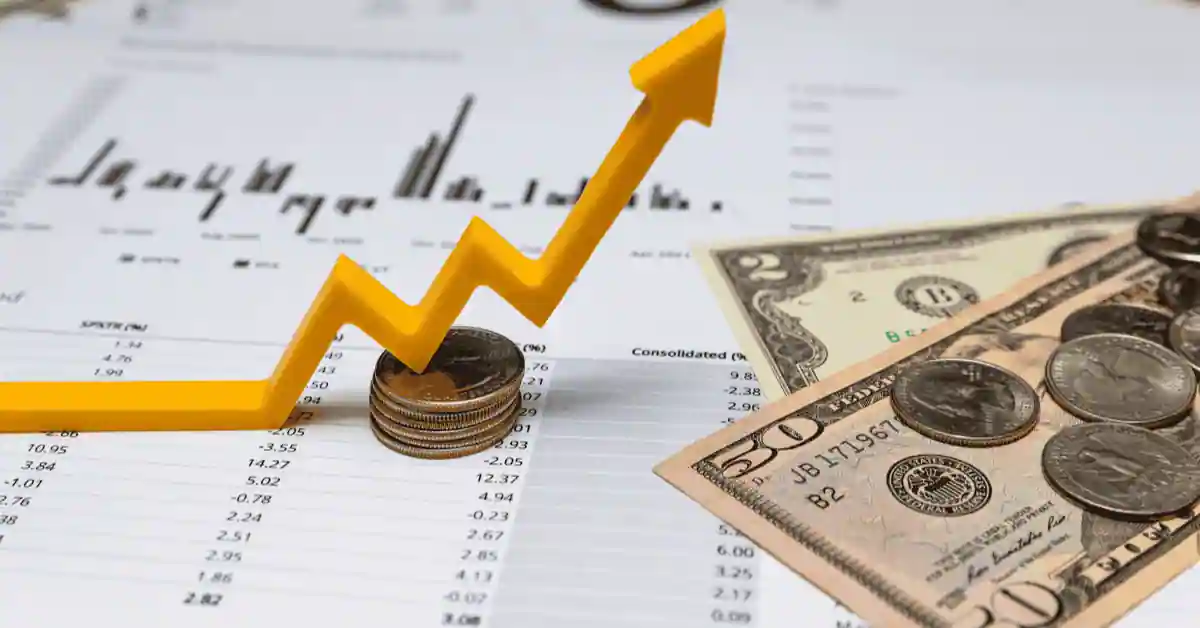You know that moment when you search for a local business, and those three friendly map pins pop up at the top? Yeah, that’s the Google Local Pack. But here’s the million-dollar question—does Google still rotate positions 1-3 in 2024? If you’re relying on local SEO to get those customers, you definitely want to know if the Local Pack game has changed. Let’s dig into it, and while we’re at it, explore how you can stay ahead of the curve.
What Is the Google Local Pack?
The Google Local Pack is the set of top three local business results shown at the top of search results, accompanied by a map and key business details. It’s an essential feature for local businesses because it provides maximum visibility to users who are searching for services nearby. Ranking in the Local Pack can make a massive difference in foot traffic, calls, and conversions—it’s basically prime real estate for local businesses.
Local SEO plays a significant role in determining which businesses make it to this elite group of three. Google uses a variety of factors, such as relevance, proximity, and user engagement, to determine which businesses get featured.
How Has the Local Pack Changed Over Time?
The Google Local Pack has evolved significantly since its inception. Originally, it featured up to seven local listings, but Google trimmed it down to just three results to improve user experience and increase competition. This shift made it harder for local businesses to secure a spot, emphasizing the importance of top-notch local SEO strategies.
Another major change was the introduction of Google Core Updates, which influenced how Google assessed local rankings. The focus shifted to a more personalized user experience, factoring in user proximity, search history, and even device type. These changes are key to understanding the Local Pack in 2024.
Does Google Rotate Local Pack Positions 1-3 in 2024?
So, is Google still rotating the top three positions in the Local Pack? The short answer is yes. In 2024, Google continues to rotate Local Pack positions based on user behavior, proximity, and relevance. This means that even if your business holds the top spot today, it might not stay there tomorrow.
Google’s algorithm takes user engagement into account—clicks, calls, reviews, and other actions all play a role in deciding which business appears in which position. If users are consistently interacting with a different business more, that business is likely to move up in the ranks.
How Does Local SEO Influence Position in the Local Pack?
Local SEO is your best friend if you want to rank in the Local Pack. Optimizing your Google My Business (GMB) profile is the first step—make sure all your business details are accurate, your categories are well-chosen, and your hours are up-to-date.
Reviews are another critical factor. Google uses reviews to determine both relevance and credibility. Encourage your customers to leave positive reviews, and make sure to respond to them to show engagement. Other elements like local citations, backlinks from local websites, and on-page SEO also contribute to improving your Local Pack rankings.
Factors Affecting Local Pack Position Rotation
There are several factors that can cause the positions within the Local Pack to rotate:
- User Proximity: Google favors businesses that are closest to the searcher’s current location.
- Search Relevance: How well your business matches the user’s search intent.
- Search Personalization: Google tailors results based on individual user preferences and search history.
- Algorithm Updates: Recent changes to Google’s algorithms can also affect ranking and rotation.
Insights from Competitors: What Are They Doing Right?
If your competitors are consistently ranking above you, it’s time to take notes. Analyzing competitor strategies can provide valuable insights into what they’re doing that you’re not. Look at their GMB profiles—are they getting more reviews? Are they using better keywords? Tools like BrightLocal and SEMrush can help you assess your competitors’ strengths.
Successful local businesses tend to invest in quality content, local backlinks, and community engagement. They also ensure that their website is mobile-friendly, fast, and optimized for local keywords.
Local Pack SEO Best Practices in 2024
To improve your chances of ranking in the Local Pack, follow these best practices:
- Optimize Your GMB Listing: Complete all fields, including services, descriptions, and attributes.
- Encourage Reviews: Actively request reviews from happy customers and respond to them.
- Local Backlinks: Get backlinks from local websites, directories, and media outlets.
- Engage with Your Community: Participate in local events and get featured in local news.
- On-Page SEO: Include local keywords in your titles, meta descriptions, and headers.
User Behavior: The Hidden Driver of Rotation
User behavior is a major driver of position changes within the Local Pack. Google pays close attention to how users interact with listings. Metrics like click-through rate (CTR), calls, and even requests for directions can influence your ranking.
Consider Jane’s Bakery, a local shop that saw a boost in their Local Pack ranking after they started engaging more with customers online. They encouraged customers to click through to their website and made sure they responded quickly to every inquiry. This led to an increase in engagement, pushing them up to position 1.
Google Core Updates and Their Impact on Local Pack
Google’s Core Updates are designed to improve user experience, and these updates often affect how the Local Pack is displayed. In 2024, Google continues to focus on user intent and content quality, which means local businesses must adapt to stay visible.
To align with these updates, ensure your website provides value—think useful information, easy navigation, and mobile-friendly pages. Google favors websites that enhance user experience, which directly affects Local Pack visibility.
Is It Possible to Lock in Your Position?
While every business wants to lock in that #1 spot, the reality is that positions are fluid. Google’s focus on relevance and user behavior means that no one can guarantee a permanent position.
The best approach is to be consistent—keep your business information up-to-date, encourage user engagement, and make sure your local SEO efforts are ongoing. Consistency sends strong signals to Google that your business is trustworthy and reliable.
Keeping Up with Google’s Updates
To maintain your position in the Local Pack, staying informed about changes in local SEO is crucial. Follow reputable SEO blogs like Moz, Search Engine Journal, and Google’s official blog for the latest updates.
You can also use tools like Google Alerts to monitor mentions of your business or track changes in local search. Staying proactive will help you adapt quickly to any algorithm changes.
Conclusion:
So, does Google still rotate the top spots in the Local Pack in 2024? Absolutely. The Local Pack positions are not set in stone—they fluctuate based on user behavior, proximity, and the quality of your local SEO. To stay ahead, focus on optimizing your Google My Business profile, encouraging customer reviews, and keeping up with Google’s updates.
The Local Pack game is all about providing value, being visible, and staying relevant. Adapt as Google evolves, and you’ll continue to thrive in local search.
FAQs
1. What is the Google Local Pack? The Google Local Pack is the set of top three local business results shown at the top of the search results, complete with maps and reviews.
2. Does Google still rotate Local Pack positions in 2024? Yes, Google is still known to rotate positions based on factors like user behavior, relevance, and proximity.
3. How can I improve my business’s rank in the Local Pack? Focus on local SEO, optimize your Google My Business listing, encourage reviews, and make sure your content is relevant.
4. What are some factors that impact Local Pack ranking? User proximity, search personalization, click-through rates, and Google’s algorithm updates can all affect your ranking.
5. Can I guarantee a top spot in the Local Pack? Unfortunately, there’s no way to guarantee a specific position. Focus on consistent SEO practices and stay updated with Google’s changes.






